India: Development and Injustice
India’s rapid economic growth has lifted 140 million people out of poverty in the past decade but many of its people still lack access to electricity and toilets, as per OECD (Organisation for Economic Cooperation and Development). GDP per capita has risen by more than five percent per year since the mid-1990s and reforms introduced since Prime Minister Narendra Modi’s election in 2014 have “brought a new growth impetus and improved the outlook”, OECD said.
But this impressive growth rate and booming cities like Hyderabad, Mumbai or Chennai is one tinsel side of development. Billions of farmers are debt-ridden; number of suicide attempts are soaring millions in states like Uttar Pradesh, Gujarat etc. In terms of socio-economic indicators like child malnutrition level, availability of clean drinking water, proper sanitation, child vaccination level India lags behind. In fact India’s SAARC neighbors like Sri Lanka and Bangladesh has done tremendously well during the last two decades in terms of these socio-economic indicators. Percentage allocations in state level and national budgets to build social infrastructures like public school, healthcare has actually dropped. So, India is not achieving an inclusive growth.
A non-inclusive growth is not a sustainable one. So, even though India is the biggest democratic country, its all apparatus of democracy have failed to allocate the benefits of development to all its citizens. The opportunity for a lower-middle class boy to walk across the social ladders are getting squeezed day by day. So, ‘Shining India’ and ‘Made in India’ – these are mere political slogans; an average Indian hardly find any means to fulfill his Indian dream come true. Development and inequality walk side by side in India. An inverted Kuznets curve is gradually becoming a near-impossible goal in this part of the world.

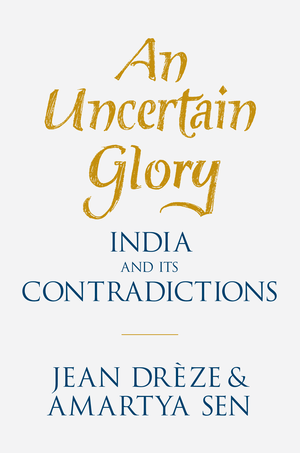
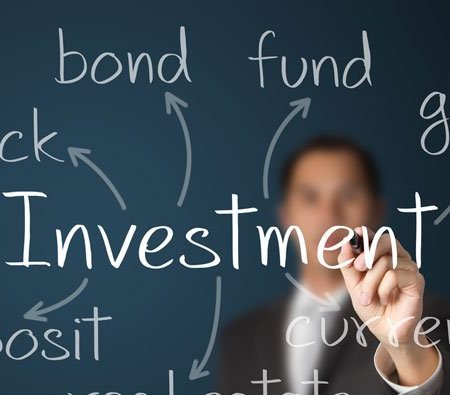
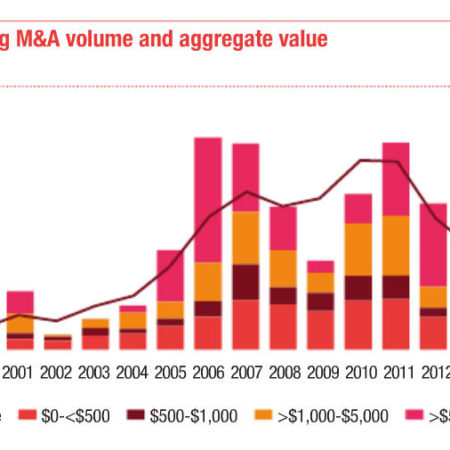
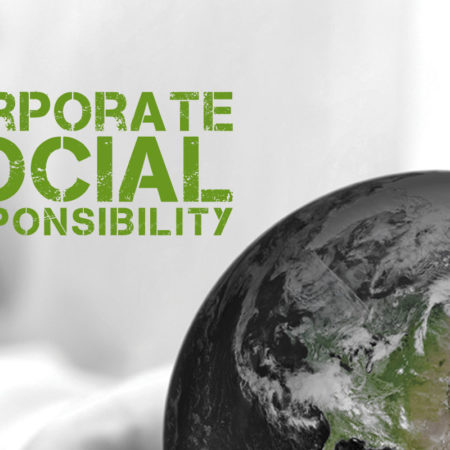
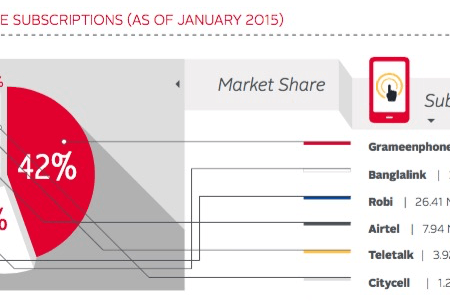
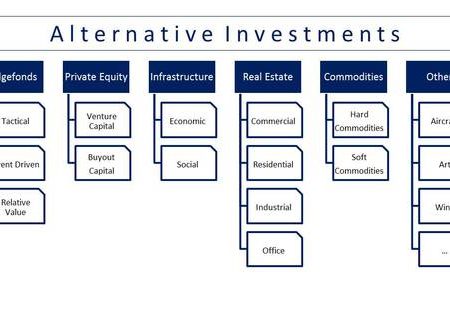
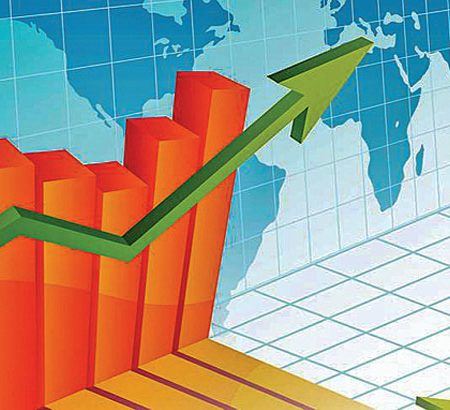

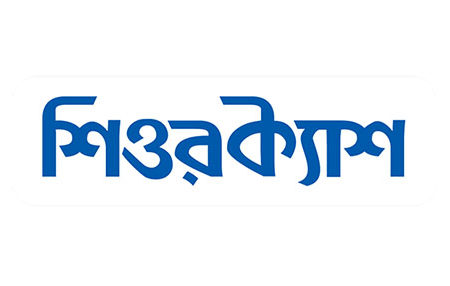

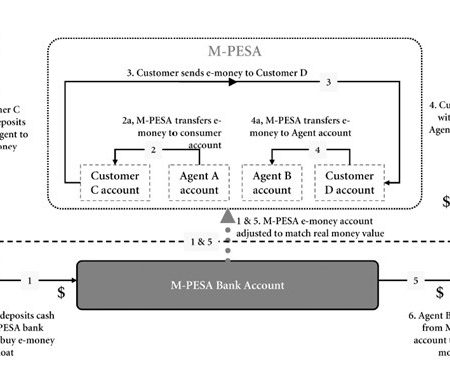
Leave a Reply